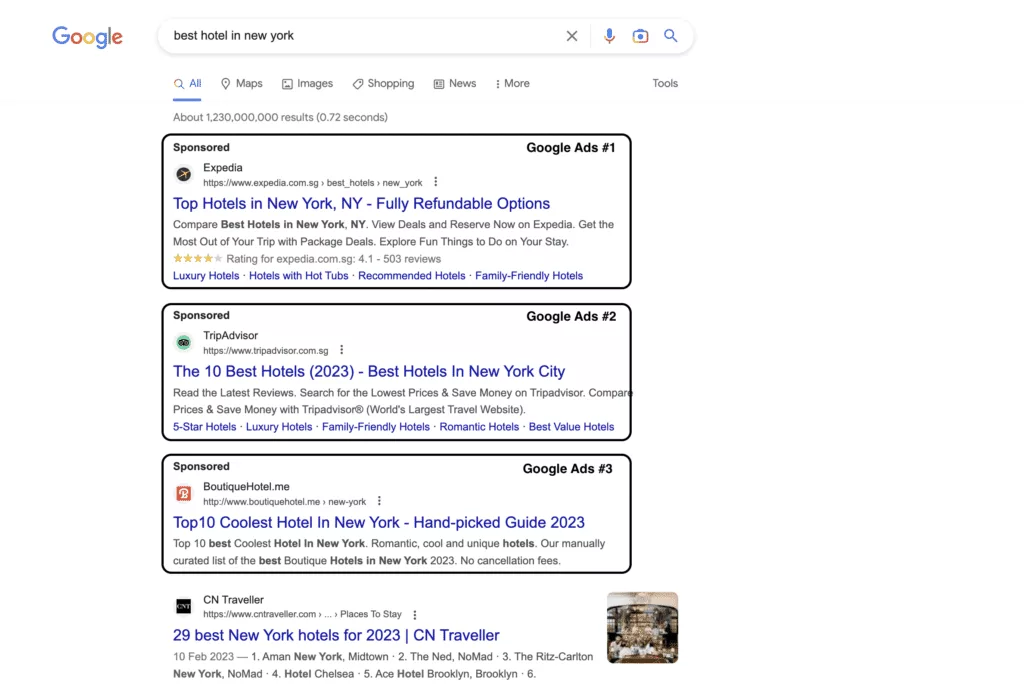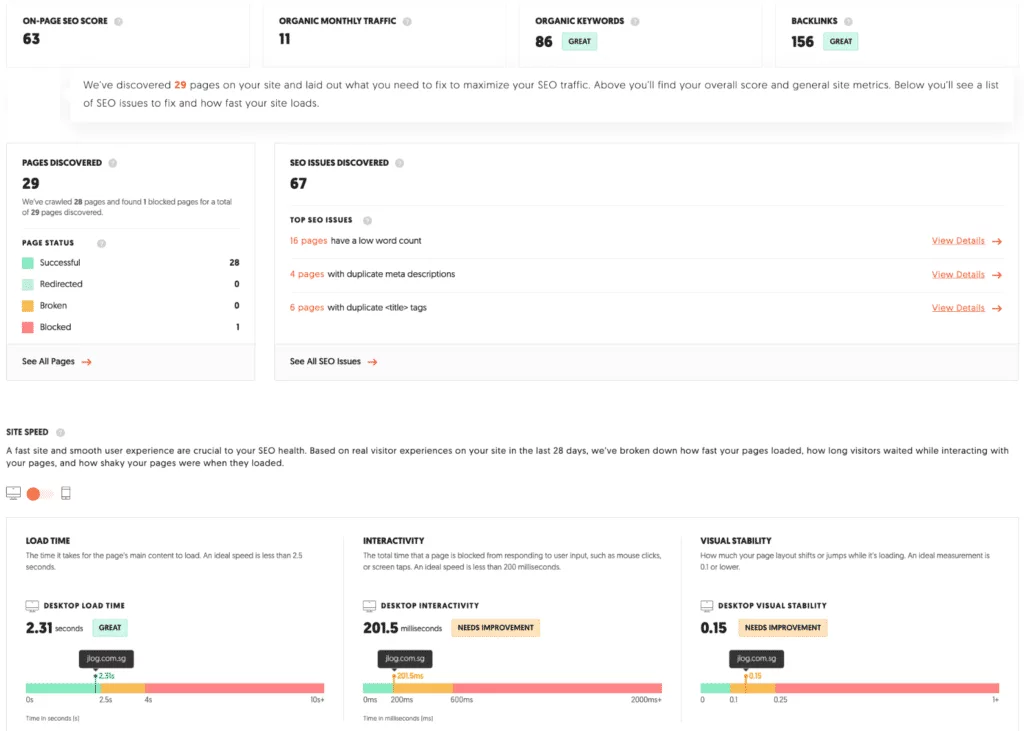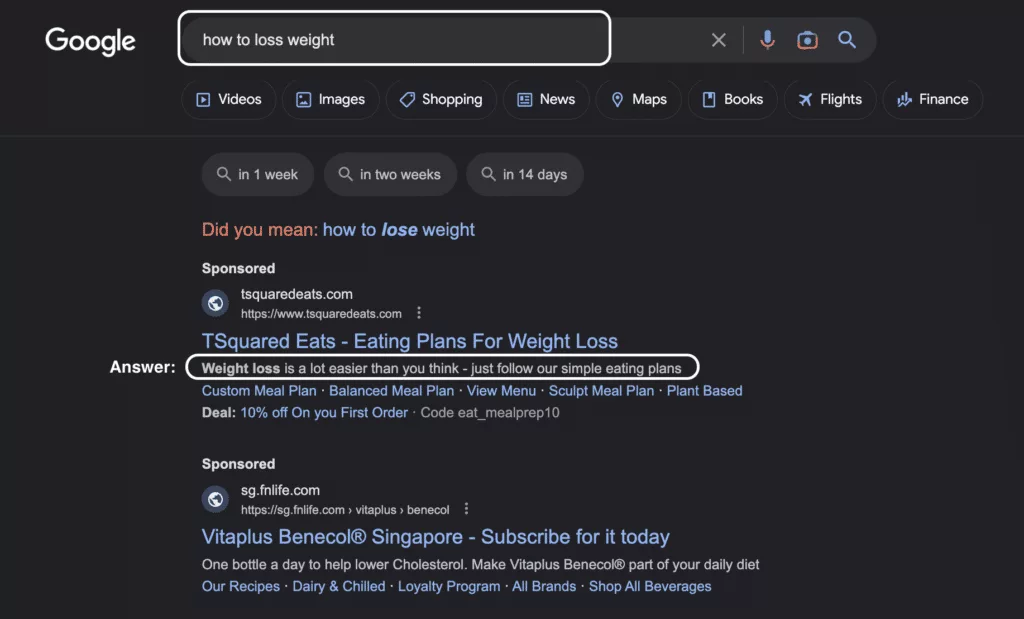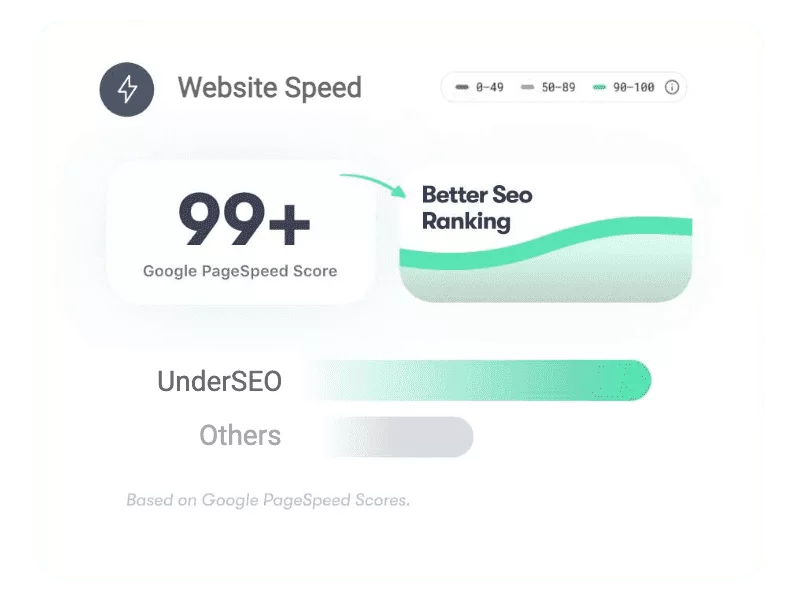Pay-Per-Click (PPC) advertising can be a powerful tool for driving targeted traffic to your website.
However, to get the most out of your PPC campaigns, you need to create ad copy that not only grabs the attention of your target audience but also compels them to take action.
In this article, we’ll provide a step-by-step guide on how to write effective ad copy for PPC that converts.
Understanding the Basics of PPC Ad Copy
Before you start writing your ad copy, it’s important to understand the basic components of a PPC ad. Every PPC ad consists of a headline, a description, and a call-to-action (CTA).
The headline is the first thing that potential customers will see, so it needs to be attention-grabbing and relevant. The description is where you can provide more details about your offer, and the CTA is where you tell the user what action you want them to take.

Conducting Keyword Research
The first step in creating effective ad copy for PPC is to conduct keyword research. You need to know the keywords and phrases that your target audience is searching for so that you can create ad copy that is relevant to their needs.
Use keyword research tools such as Google Keyword Planner, SEMrush, and Ahrefs to identify the most relevant and high-volume keywords.
Request Free Review
We start by reviewing your website and then take a look at your current ranking in SERPs.
- Unlock Your Website’s Potential with Our Comprehensive Analysis.
- Outrank Your Competitors with Our Expert Insights and Recommendations.
- Ways for increasing website traffic.
- Get Tailored Recommendations to Achieve Better Results Online.

Writing Compelling Headlines
Your headline is the most important part of your ad copy because it’s what catches the user’s attention. Your headline should be attention-grabbing, and relevant, and include your primary keyword. Use adjectives and numbers to make your headline more compelling.
For example, “10 Secrets to Writing Effective Ad Copy for PPC.”
21 Tips for Writing Great Ad Headlines
1. Use Specific Numbers and Data: Incorporating data into headlines increases the effectiveness of the article, making it more likely to be clicked on.
2. Be Unique: Standing out from the crowd is essential in the world of PPC. Writing unique headlines is key to achieving this.
3. Keep It Short: Short, simple headlines tend to perform better than long, complex ones.
4. Capitalize Keywords: Capitalizing keywords in your headline can grab the reader’s attention and increase the likelihood of them clicking through.
5. Be Descriptive: Describing the content of the article in the headline can lead to more clicks, as readers are more aware of what they are clicking on.
6. Create a Sense of Urgency: Time-sensitive headlines can lead readers to take action faster, making them more likely to click through.
7. Align With the Offer: Your headline should match the content of your offer, improving the chances of conversion.
8. Testing: Testing different headlines and seeing which perform best is key to identifying what works and what doesn’t.
9. Use Emotional Triggers: Emotional headlines can increase click-through rates, tapping into the reader’s psyche.
10. Focus on Benefits, Not Features: Highlighting the benefits of clicking through to the article is more important than simply listing its features.
11. Address Pain Points: Acknowledging pain points in the headline can help readers feel seen and understood, leading to more clicks.
12. Use Keywords: Targeting keywords in your headline can improve search engine visibility, leading to more clicks.
13. Leverage News: Incorporating current events into headlines can lead to more clicks from readers who are interested in the topic.
14. Be Specific: Specific headlines are more compelling than generic ones, leading to higher click-through rates.
15. Use Power Words: Words like “secret,” “proven,” and “ultimate” can add a sense of authority to your headline, making it more likely to be clicked on.
16. Keep It Simple: Avoid using jargon or overly complex language in your headline, as it can be off-putting to readers.
17. Use Active Voice: Writing in the active voice can lead to more compelling headlines, making them more likely to be clicked on.
18. Use Humor: Humor can create a positive emotional response and lead readers to click through to the article.
19. Show Value: Highlighting the value that readers will receive from clicking through to the article can increase click-through rates.
20. Use a Number: Incorporating a number into your headline can make it more memorable and increase click-through rates.
21. Keep It Honest: Avoid promising something in your headline that the article doesn’t deliver, as it can damage your credibility and lead to fewer clicks in the future.
Crafting Persuasive Descriptions
The description is where you can provide more details about your offer and convince the user to click through to your website.
Use persuasive language and highlight the benefits of your product or service. Make sure to include a strong CTA that tells the user what action you want them to take.

1. Know Your Target Audience:
Before crafting any product description, PPC ad or any marketing message, it’s crucial to know your target audience. You need to know their pain points, desires, and aspirations to create product descriptions that resonate with them.
2. Create a Detailed Buyer Persona:
Your buyer persona should be an essential part of your product description strategy. It should include characteristics like gender, age, interests, education, and more.
3. Conduct a Competitive Analysis:
To beat your competition, you need to understand what they’re doing. Look at how they describe their products, and what keywords they use most often. Use this data to improve your product descriptions.
4. Use Short Sentences:
When crafting your product descriptions, it’s essential to keep them short and sweet. Online readers have short attention spans, and they’re scanning through text quickly. Using short sentences will make it easier for them to read and comprehend your message.
5. Relate to Your Audience:
Personalization is key when crafting persuasive product descriptions. Address your audience personally and directly. Ask and answer their questions in a friendly tone of voice.
6. Use Attention-Grabbing Headlines:
A great product description starts with a great headline. Your headline should be specific, address a problem, and speak to your audience’s needs and desires.
7. Highlight Your Product’s Unique Features:
Your product description should highlight your product’s unique features and benefits. Discuss how your product will solve your customer’s problems and make their lives easier.
8. Use Emotional Triggers:
Using emotional triggers in your product descriptions can be a powerful tool. Write in a way that connects with your audience’s emotions, desires, and aspirations.
9. Optimize for SEO:
Your product descriptions should also be optimized for SEO. Use your buyer persona and competitive analysis to identify keywords and phrases that will help your product show up in search results.
10. Test and Refine:
Finally, don’t be afraid to test and refine your product descriptions. Continuously monitor how they’re performing and make adjustments accordingly. Remember, crafting persuasive product descriptions is an ongoing process.
Utilizing Ad Extensions
Ad extensions are additional pieces of information that can be added to your ad copy to make it more compelling.
Ad extensions include things like site links, callouts, and structured snippets. Utilizing ad extensions can help to increase your click-through rate (CTR) and improve the overall effectiveness of your ad.
Testing and Refining Your Ad Copy
Creating effective ad copy for PPC is an ongoing process. You should constantly be testing and refining your ad copy to improve its effectiveness.
Use A/B testing to compare different versions of your ad copy and see which one performs better. Use the data from your testing to make informed decisions about how to optimize your ad copy.

Need Some Help?
How to Write Effective Ad Copy for PPC
Conclusion
Writing effective ad copy for PPC requires a combination of creativity, strategic thinking, and attention to detail. By following the tips and strategies outlined in this article, you can create ad copy that not only grabs the attention of your target audience but also compels them to take action.
Remember to conduct keyword research, write attention-grabbing headlines, craft persuasive descriptions, utilize ad extensions, and test and refine your ad copy to improve its effectiveness.
FAQs
What is PPC advertising?
PPC advertising is a digital advertising model where advertisers pay a fee each time one of their ads is clicked.
What are the benefits of PPC advertising?
PPC advertising allows advertisers to target specific audiences, measure the effectiveness of their campaigns, and achieve a high return on investment (ROI).
What is keyword research?
Keyword research is the process of identifying the keywords and phrases that people are searching for in order to create content that is relevant to their needs.
How can I improve my PPC ad copy?
To improve your PPC ad copy, you can conduct keyword research to identify the most relevant and high-volume keywords, write attention-grabbing headlines, craft persuasive descriptions, utilize ad extensions, and constantly test and refine your ad copy based on data.
How often should I test and refine my ad copy?
It’s recommended to test and refine your ad copy on a regular basis, ideally every few weeks or months. This will help you to continually improve the effectiveness of your ad campaigns and achieve better results.
What are some common mistakes to avoid when writing ad copy for PPC?
Common mistakes to avoid include not conducting keyword research, using vague or generic headlines, not highlighting the benefits of your product or service, and not including a clear call-to-action.
How can I make my ad copy stand out from the competition?
To make your ad copy stand out, try to be creative and use unique language that reflects the personality of your brand. Use ad extensions to provide additional information that sets you apart from the competition, and always focus on the benefits of your product or service rather than just the features.
Can I use the same ad copy for multiple ad groups?
While it’s possible to use the same ad copy for multiple ad groups, it’s generally recommended to create unique ad copy for each ad group. This will help to ensure that your ad copy is highly relevant to each specific audience and can improve the overall effectiveness of your campaigns.
How important is testing and refining ad copy for PPC?
Testing and refining your ad copy is crucial for achieving the best possible results from your PPC campaigns. By constantly experimenting with different variations of your ad copy and analyzing the data, you can optimize your campaigns to achieve higher click-through rates, lower costs per click, and ultimately, higher conversion rates.


